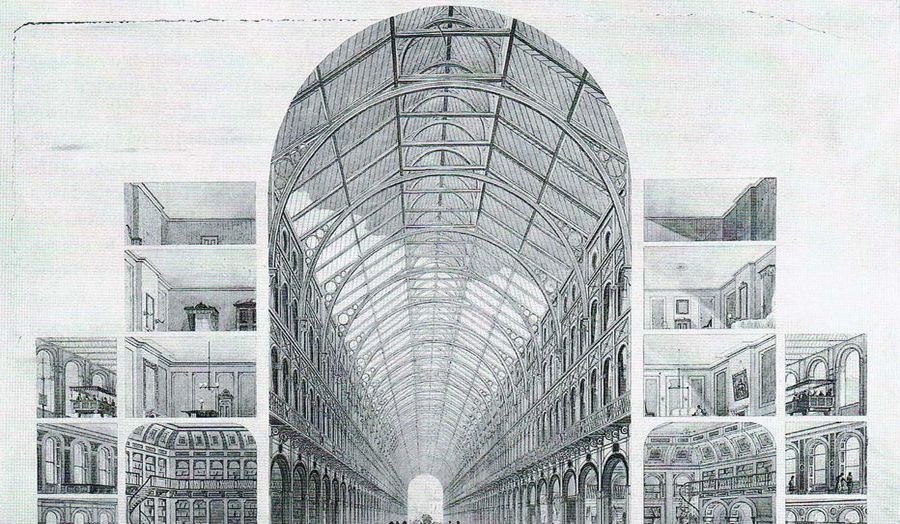Unit brief
Interstitial City.
"Long before the Occupy movement, modern cities had already become the central sites of revolutionary politics, where the deeper currents of social and political change rise to the surface. Consequently, cities have been subject to much utopian thinking. But at the same time they are also centres of capital accumulation and the frontline for struggles over who controls access to urban resources and who dictates the quality and organisation of daily life. Is it the financiers and developers or the people?" David Harvey - Rebel Cities: From the Right to the City to the Urban Revolution, 2012.
Our Diploma Unit will once again be focusing on the City of London and developing on the research carried out last year (as "Unit 5") to investigate interstitial space - physical and temporal - that provides opportunities for re-thinking (augmenting, making and re-making) the city in ways that the current developer-led forms of procurement cannot or will not entertain.
We are interested in studying the ways in which the City has evolved over time in both planned and opportunistic ways and in questioning the instruments of city planning and the "grand narratives" of politicians. The City of London’s focus on business and finance since the Second World War has seen it evolve into a mono-cultural place in which people only go to work. Hardly anyone lives there any more, yet "the square mile" was once the whole of London and its walls encompassed all human activity that constitutes the idea of a city.
The City of London itself may now be understood as an interstitial domain - a city-state apart from the rest of the urban environment of London and the UK, spatially, culturally, economically, politically, even temporally owing to its status as global financial capital which lends it an importance that transcends its territorial dimensions. The context for our study of the City continues to be the global financial crisis of 2008 and its impact on our society and culture. Two significant events have occurred in London in the last twelve months - the Occupy protest at St Paul’s and the Olympic Games which reveal the scale and context of conflict over "seemingly" public space and the right to the city.
We shall continue with our research into "unearthing the City" and choosing sites which are not usually understood as building sites at first glance:
- the subterranean (including culverted waterways)
- spaces above ground (the Pedway example)
- on and about the river Thames
Built propositions will evolve from ambitions to challenge the monoculture of the City building and we will question if authentic construction is a possibility in the face of "fast track" demands imposed on development by our economic condition. We are interested in buildings with a greater sense of generosity and porosity – spatial, social and programmatic.
Proposals will explore issues of scale (and the possibility of the co-existence of scales and occupancy), considering also the necessity for intimacy and a sense of nearness at both an urban level and the interior, using detailed material studies and carefully judged means of representation. Working at different scales - the scale of the city, the scale of the building and the scale of the interior and the object - we will invite students to consider the possibilities of monumentality at a small scale and the appeal of a Piranesian ambiguity of scale.
"The Great Victorian Way was an unbuilt infrastructure project presented to the Parliamentary Select Committee on Metropolitan Communications by Joseph Paxton in June 1855. It would have consisted of a ten mile covered loop around much of central and west London, integrating road and rail routes with commercial and domestic premises. Three river crossings — two on the main loop and one on a branch — would have continued the arcade, creating inhabited bridges. The proposal was sympathetically received by the committee, but ultimately rejected on grounds of cost. It prefigured the less ambitious Circle Line."
Quoted from Wikipedia.

Details
| Course | Professional Diploma in Architecture RIBA Part 2 |
| Tutors | Pierre d'Avoine Daniel Serafimovki |
